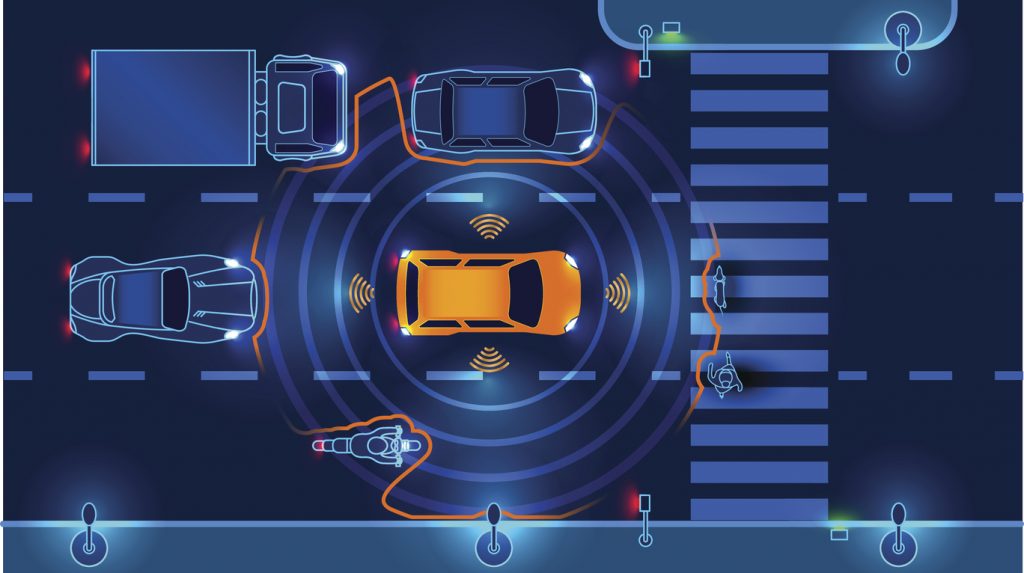The Dark Side of IoT in Transportation: Disadvantages You Need to Know
2 min read
Autonomous smart car scans the road operates the machine automatically stops at the crosswalk in the city. Vector illustration.
The Internet of Things (IoT) has revolutionized the transportation industry, making it more efficient, safer, and convenient. However, as with any technology, there are also disadvantages that come with IoT implementation. In this article, we will explore the dark side of IoT in transportation and the potential risks that it poses.
- Security Risks
One of the biggest disadvantages of IoT in transportation is the security risks that come with it. With the increasing number of connected devices, there is a higher risk of cyber attacks, which can result in data breaches, system failures, and even accidents. Hackers can gain access to critical systems, such as traffic lights, autonomous vehicles, and even airplanes, causing chaos and endangering lives.
- Privacy Concerns
Another disadvantage of IoT in transportation is the privacy concerns that it raises. Connected devices collect vast amounts of data, including personal information, location data, and travel patterns. This data can be used for targeted advertising, surveillance, and even criminal activities. There is a need for strict regulations and policies to protect the privacy of individuals and prevent misuse of data.
- Infrastructure Challenges
IoT in transportation requires a robust and reliable infrastructure to function properly. However, many countries and cities are struggling to keep up with the demand for connectivity and bandwidth. This can lead to slow and unreliable networks, which can cause delays, accidents, and other issues. There is a need for significant investment in infrastructure to support the growing number of connected devices.
- Cost and Maintenance
IoT in transportation can be expensive to implement and maintain. The cost of sensors, devices, and software can be significant, and there is a need for regular maintenance and upgrades to keep the system running smoothly. This can be a challenge for smaller companies and organizations that may not have the resources to invest in IoT technology.
- Job Displacement
Finally, IoT in transportation can lead to job displacement, as automation and artificial intelligence take over many tasks that were previously done by humans. This can have a significant impact on the workforce, particularly in industries such as trucking, logistics, and public transportation. There is a need for retraining and reskilling programs to help workers adapt to the changing job market.
In conclusion, while IoT in transportation has many benefits, there are also significant disadvantages that need to be addressed. Security risks, privacy concerns, infrastructure challenges, cost and maintenance, and job displacement are all potential risks that need to be managed carefully. By understanding these risks and taking appropriate measures to mitigate them, we can ensure that IoT in transportation continues to improve our lives while minimizing the negative impact.
